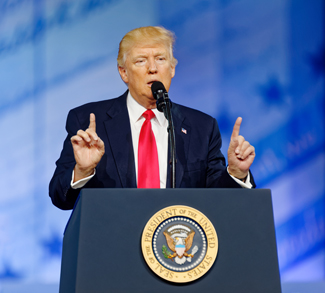On February 3, 2025, President Trump doubled down on his plan to impose higher tariffs on goods from the EU, slamming the bloc’s trade surplus with the United States as an “atrocity.” His remarks underscored longstanding grievances over what Washington perceives as unfair trade practices, particularly pointing to sectors like automotive, agriculture, and machinery where the EU enjoys significant advantages. Trump’s aggressive rhetoric was seen as both a political maneuver to appeal to his domestic base and a strategic move to pressure the EU into renegotiating trade terms.
The bold statement stirred strong reactions throughout Europe, reflecting a spectrum of strategic responses shaped by diverse economic interests and political priorities. The European Commission promised to respond “firmly” to any unfair trade actions, emphasizing the importance of protecting the integrity of the single market and safeguarding the economic interests of its member states. This firm stance aimed to project unity within the bloc and reassure industries most vulnerable to US tariffs.
The Economic Weight of US-EU Trade Relations
The economic relationship between the United States and the European Union is one of the most significant bilateral trade partnerships in the world, driven by a robust exchange of goods, services, and investments. The United States stands as the EU’s largest export market, accounting for roughly 20% of the bloc’s total exports. In 2023 alone, the EU exported goods valued at 502 billion euros to the U.S., while importing goods worth 344 billion euros from the U.S. This resulted in a significant trade surplus for the EU, not just in goods but also in services, which include sectors such as finance, technology, and consulting.




